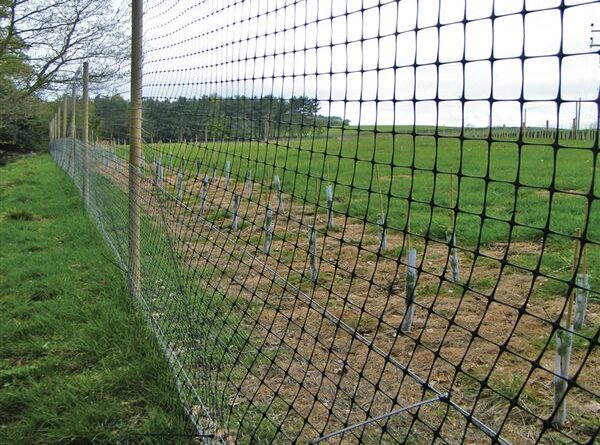How Deer Fencing Safeguards Agricultural Fields
Agricultural fields are vulnerable to a range of threats, and deer pose a significant risk to crop production. Their voracious appetite can devastate entire fields, causing substantial financial losses for farmers. To safeguard agricultural crops effectively, farmers turn to deer fencing as a reliable and efficient solution. In this blog, we will explore how deer fencing plays a crucial role in protecting agricultural fields and ensuring a bountiful harvest.
- Mitigating Crop Damage: Deer are notorious for their appetite for crops such as corn, soybeans, vegetables, and fruit trees. A single deer can consume a substantial amount of produce in a short period. By implementing deer fencing, farmers create a physical barrier that prevents deer from accessing their fields, effectively mitigating crop damage and reducing economic losses.
- Ensuring Consistent Crop Yield: Consistency in crop yield is vital for the success and profitability of agricultural operations. Deer fencing provides farmers with the peace of mind that their crops are protected throughout the growing season. With a secure barrier in place, farmers can focus on cultivation practices, irrigation, and other critical tasks, knowing that their crops are safe from deer browsing.
- Cost-Effective Solution: Investing in deer fencing may initially seem like a significant investment, but it proves to be a cost-effective solution in the long run. The financial losses incurred from crop damage far outweigh the expense of installing and maintaining deer fencing. By preventing crop losses, farmers can maximize their returns and ensure a more sustainable agricultural enterprise.
- Preserving Crop Quality: Deer not only consume crops but also trample and damage plants as they move through the fields. This can result in a decrease in crop quality, affecting marketability and overall farm reputation. Deer fencing acts as a protective barrier, preserving the quality of crops by preventing physical damage caused by deer movement and feeding.
- Reducing Dependency on Chemicals: In the absence of effective deer control measures, farmers may resort to chemical deterrents or pesticides to prevent crop damage. However, these approaches can be costly, labor-intensive, and have potential environmental consequences. Deer fencing provides a natural and environmentally friendly alternative, reducing the reliance on chemical interventions and promoting sustainable farming practices.
- Enhancing Wildlife Management: While deer fencing primarily serves to protect crops, it can also contribute to improved wildlife management. By excluding deer from agricultural fields, farmers create a defined boundary that helps concentrate deer populations in designated areas. This can aid wildlife management efforts, allowing for better monitoring and control of deer populations in collaboration with conservation organizations and wildlife management agencies.
- Flexibility for Crop Rotation and Field Maintenance: Deer fencing offers flexibility for crop rotation and field maintenance practices. Farmers can easily adjust fencing layouts to accommodate changes in crop types or field configurations. It also allows for efficient machinery access during planting, harvesting, and field maintenance operations, ensuring optimal productivity without compromising deer exclusion.

